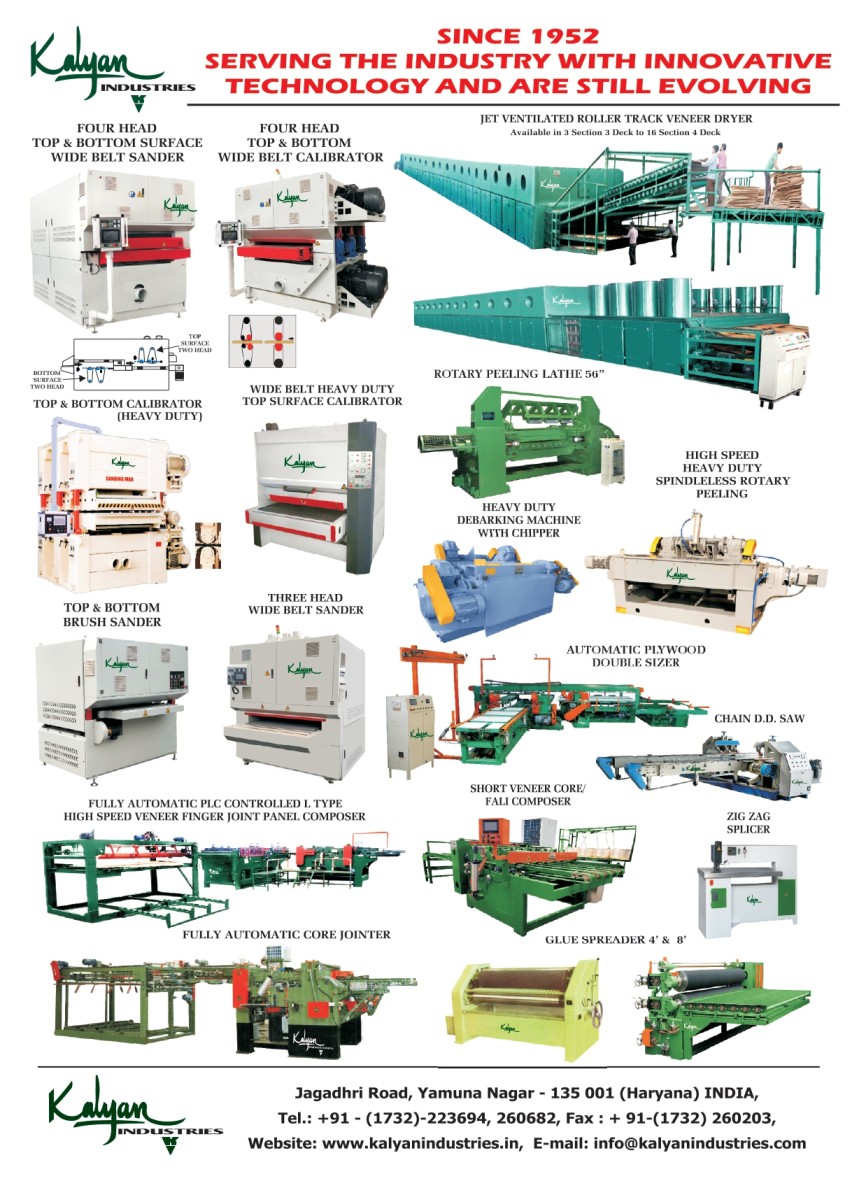
Why India’s should elect for growth
- June 13, 2024
- 0
The reforms that may follow in future could help determine India’s medium-term growth and economic aspirations. Several important reforms, some of which have been in the works for well over a decade, have been implemented over the last decade.
These include the introduction of a nationwide goods and services tax (GST), and the Real Estate (Regulation and Development) Act that better protects homebuyers. A new Insolvency and Bankruptcy Code (IBC) has been implemented, while the digital public infrastructure has become more sophisticated. There has also been an increase in welfare schemes.
The challenge is to keep pedaling hard to ensure many more economic reforms are completed over the next few years. Another challenge is to rationalize the welfare schemes (especially those for food and fertiliser) to make sure they are sustainable. We divide up reforms the government may implement into three buckets.
Easy, moderate and difficult
The “easy” bucket is largely a continuation of some recent policies, but would continue to demand smooth implementation. They include the government’s push on infrastructure spending including incentivising state governments to spend more on capex.
The bucket also contains the continued effort to bring in investments, project-by-project, into innovative sectors like electronics, semiconductors, electric vehicles (EVs), green hydrogen and data centres.
The “moderate” bucket contains harder and somewhat more controversial reforms, which may require not just good implementation, but also the spending of political capital to bring together wide ranging stakeholders. For instance, raising funding for the third tier, or the municipally level of the government, implementing a new direct tax code, and rationalising import tariffs. It also includes continued improvements to the GST regime, the IBC, the health of power distribution companies, and the country’s statistical and data systems.
The “hard” bucket comprises the most controversial reforms, requiring a lot more political capital in order to get them done. These reforms may also be the most accretive for growth over the medium term as they address bottlenecks that large parts of the economy face. These include farm, labour and land reforms, some of which have proven difficultto get done in the past, as well as the rationalisation of food and fertiliser subsidies. Furthermore, they also include improvements to the judiciary and bureaucracy.
The choice the government makes will be a key determinant of the economic growth India achieves over the medium term.
Let’s understand it this way
A small and fast-growing part of the economy, which we call “new India” and which comprises high-tech sectors, make up 15 per cent of gross domestic product (GDP). It has been growing in the double –digits (10-15 per cent year on-year) over the last few years. This has been instrumental in pushing India’s post-pandemic GDP growth to beyond pre-pandemic levels.
On the other hand, “old India”, which makes up the remaining 85 per cent of GDP, comprising agriculture and small –scale firms, has been growing at a tepid clip of about 5 per cent. It employs 95 per cent of India’s labour force.
If “new India” continues to rise, we think overall GDP growth would average 6.5 per cent over the next decade (versus 6 per cent re-pandemic). But if “old India” rises alongside, not only would a majority of the jobs needed be created, but the country would also grow at a clip of 7.5-8 per cent over the next decade. Another way to appreciate this is through the lens of reforms. If the government focuses on easy-to-moderate reforms. We believe certain sectors will benefit, and medium-term growth could average 6.5 per cent. But if it ventures into the moderate-to-hard reforms, which benefit a large part of the economy, including farming and small firms, growth could be 7.5-8 per cent.
P. Bhandari

































































